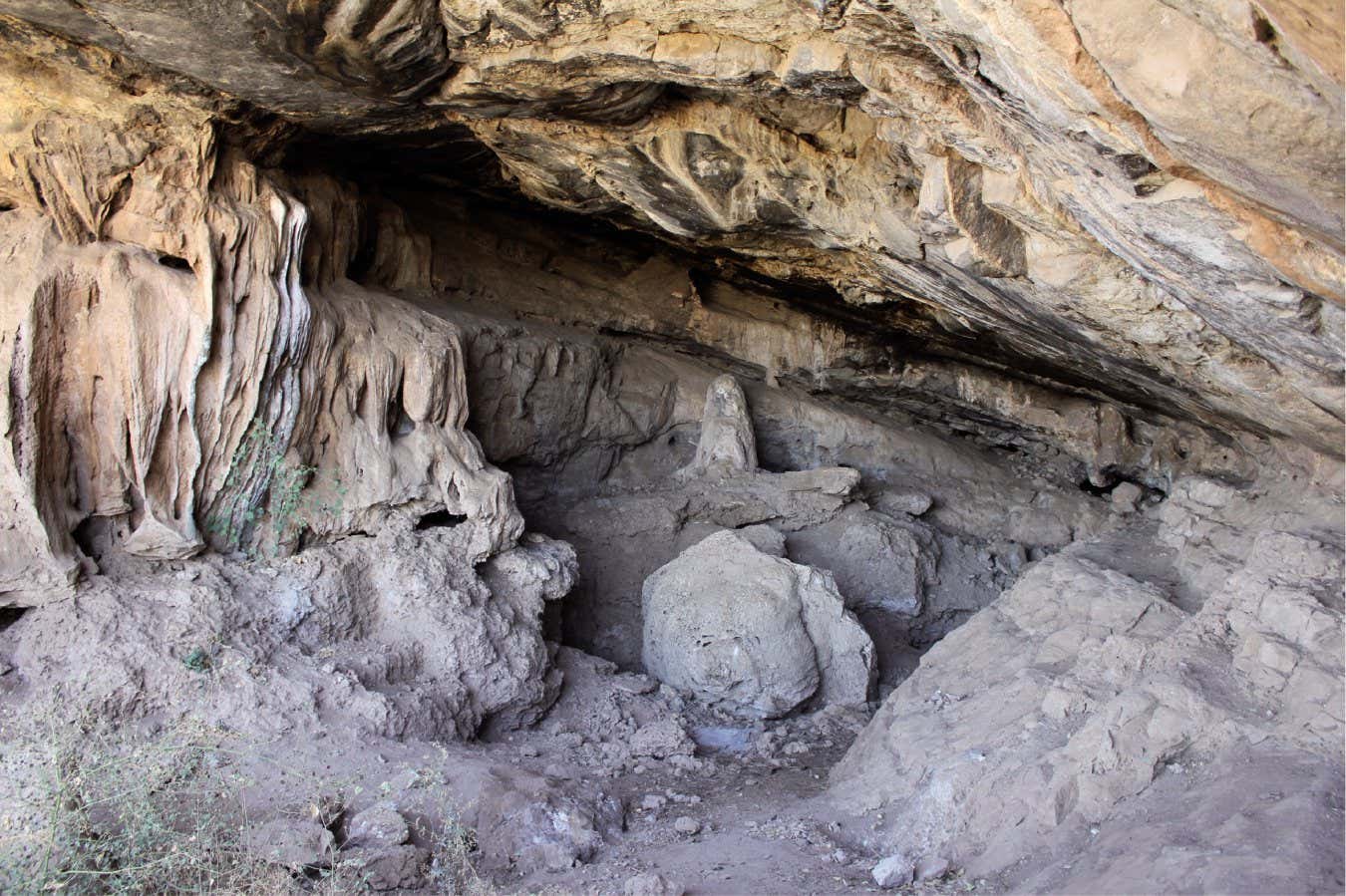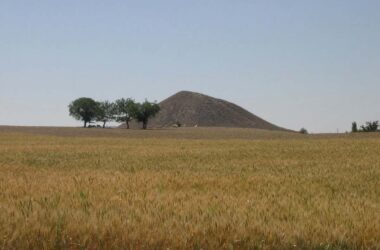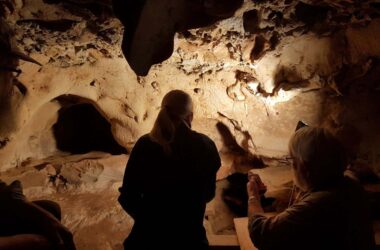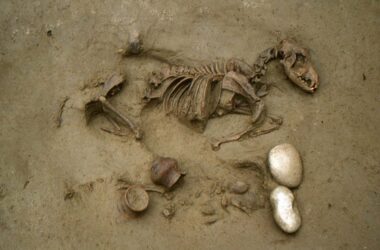Porc-Epic cave in Ethiopia
A. Herrero
A significant collection of reddish minerals found in a cave in Ethiopia provides insight into how Stone Age people adapted their technologies and practices over a period of 4500 years. The site, known as Porc-Epic cave, allows scientists to observe the evolution of cultural features over thousands of years, according to Daniela Rosso at the University of Valencia in Spain.
Porc-Epic cave was used during the Middle and Late Stone Age, approximately 80,000 to 40,000 years ago, with the majority of archaeological material dating back 40,000 years. Among the artifacts discovered at the site were 4213 pieces of “ochre,” which refers to minerals rich in iron and known for their vibrant colors, particularly red. However, these minerals were not thoroughly studied by the original excavators, making Rosso’s team’s examination the first systematic study of ochre use at the site.
The researchers analyzed the composition of the ochre pieces and observed changes over time. At the beginning of the 4500-year period, the ochre was of higher quality and richer in iron, while towards the end of the period, the ochre became lower in quality and contained less iron. The later ochre was also coarser in texture, leading people to chip and cut it rather than grinding it into powder.
There are potential explanations for this shift in ochre characteristics. One possibility is that the people at Porc-Epic began using ochre for different purposes as time went on and chose types of ochre accordingly. Ochre is widely known as a pigment for artwork, but it might have also been used for practical purposes such as adhesives or sunscreen.
Contrary to the intentional shift hypothesis, a 2022 study by Rimtautas Dapschauskas at the University of Tübingen and his colleagues suggests that prehistoric people consistently preferred fine-grained and blood-red ochre materials for pigment production. It is possible that the people at Porc-Epic struggled to source high-quality ochre as time passed. The research team examined local geological deposits and found that the available ochres did not match those found in the cave, being often coarser and containing less iron. This suggests that they might have needed to travel further to find the best ochre.
The reason behind the difficulty in obtaining high-quality ochre remains unclear, but it could be related to changes in the social dynamics of the community. If the people at Porc-Epic relied on trade for good-quality ochre, conflicts with neighboring groups might have led to shortages.
This study expands our understanding of technological changes during the Stone Age. While there is a certain degree of stability and cultural knowledge continuity over generations, the people at Porc-Epic also displayed flexibility and adapted their practices over thousands of years.
Topics:








